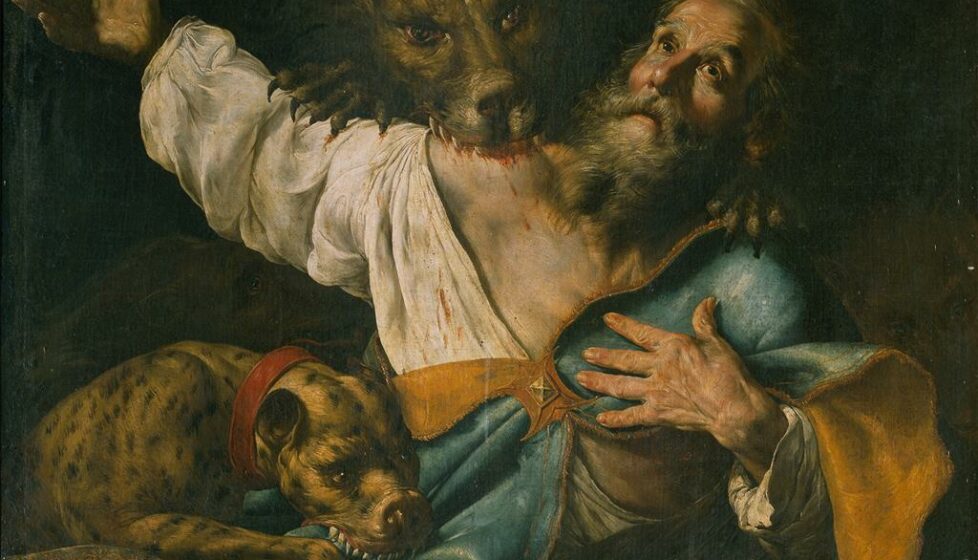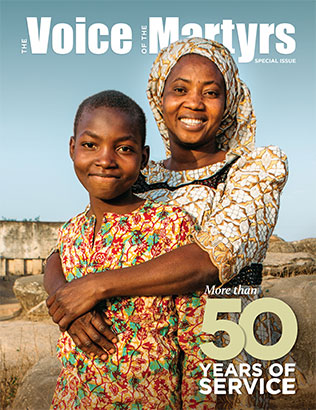Stories of Christian Martyrs: The Nagasaki Martyrs
Japan

The Jesuits arrived in Japan in 1549, the great missionary St. Francis Xavier leading the campaign to convert the island people.
Along with them came traders, whose goods were valued even if
the Godwords of the priests were greeted with respectful curiosity but
not much enthusiasm. Yet a small church grew.
In 1597, Japan’s ruler, Toyotomi Hideyoshi, came to believe that his
troubles were due to a loss of nationalistic fervor. Thus he directed the
cleansing that outlawed Christian worship and led to the arrest of twenty-six Christian men, nineteen of them Japanese. Following a monthlong
winter march, the men were crucified on Nishizaka Hill on crosses cut
to fit the dimensions of each of the condemned. It is said that when the
column of prisoners saw their crosses lying in the wheat field beside the
hill, they each embraced theirs, and one of the condemned asked that his
hands be nailed to the crossbar. For the rest, chains and iron straps kept
the men suspended until a squad of executioners finished the work by
pushing spears into their chests.
The men were a mix of ages and backgrounds. Louis Ibaraki was
only twelve years old. He died with a child’s vision of flying from his
cross into Heaven. John of Goto was nineteen, born to Christian parents
who had him educated by the Jesuits. He took his first Jesuit vows the
morning of his death. Paul Miki was thirty, the son of a samurai soldier.
He was not ordained but was the most gifted preacher in the group.
From his cross, he told spectators they could find no salvation apart
from Jesus Christ. “I have committed no crime,” he said. “The only
reason why I am put to death is that I have been preaching the doctrine
of our Lord Jesus Christ. I am very happy to die for such a cause.”
Brother Philip was Mexican. He died while his mother, far away, was
preparing vestments for his first Mass. Brother Anthony (aged thirteen)
watched his Japanese mother weeping in the crowd in front of him. All the martyrs prayed and sang together before Hideyoshi’s executioners
brought silence to the hillside.

For nearly two hundred years, Christians in Japan met as an underground church, and were finally discovered by French priests permitted
into Japan in the 1850s. Today the Shrine of the Twenty-Six Martyrs
stands in a replica of the Nagasaki church where those “hidden Christians” first emerged. The original church was destroyed by an atomic bomb in 1945.
“Whoever finds his life will lose
it, and whoever loses his life
for my sake will find it.”
Matthew 10:39

